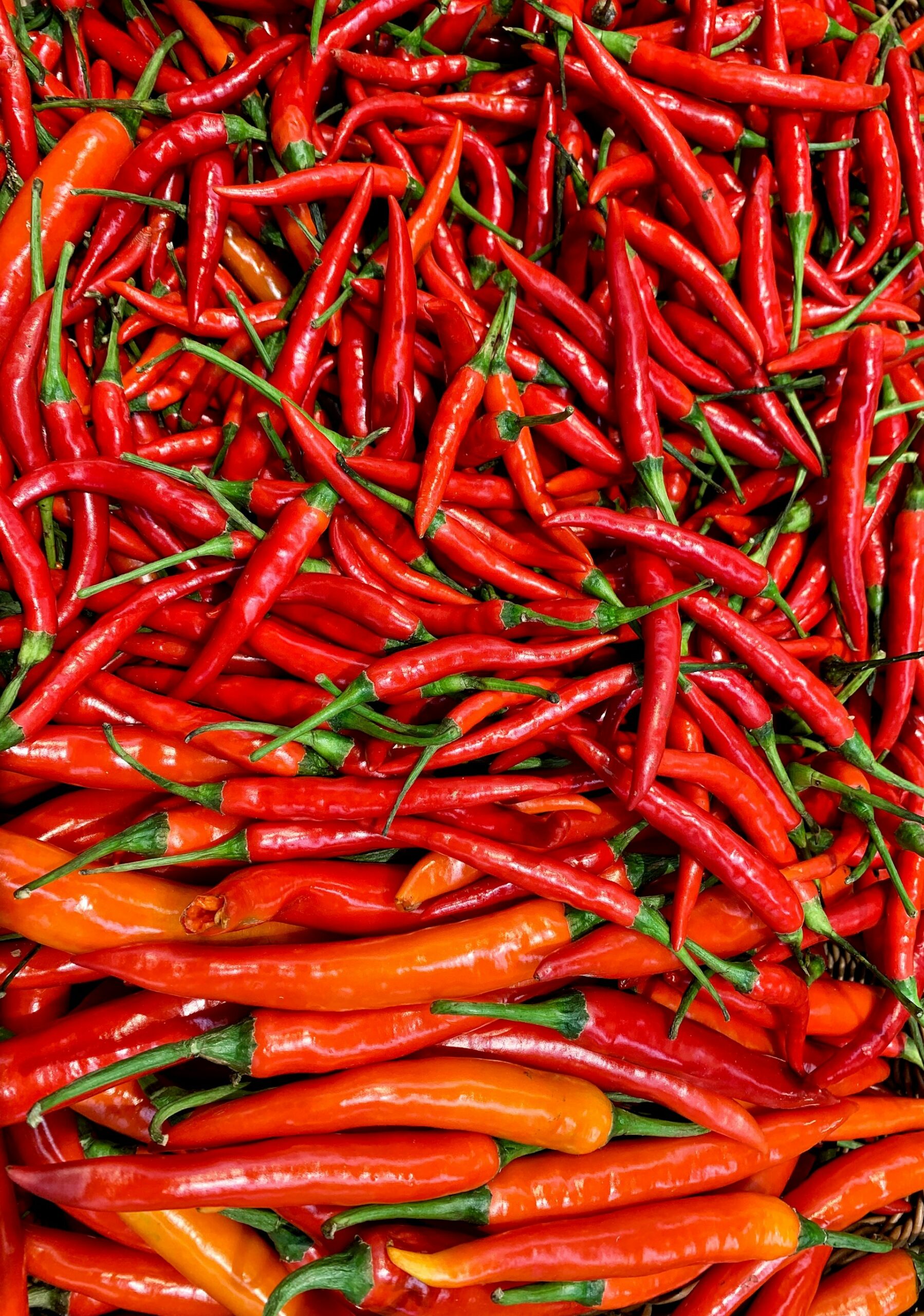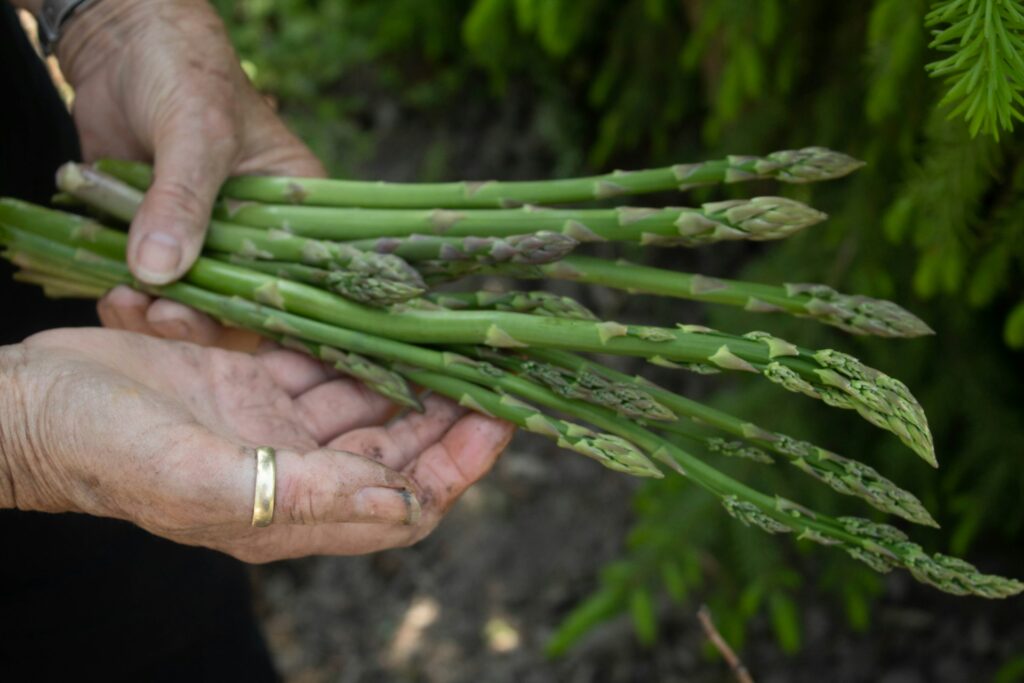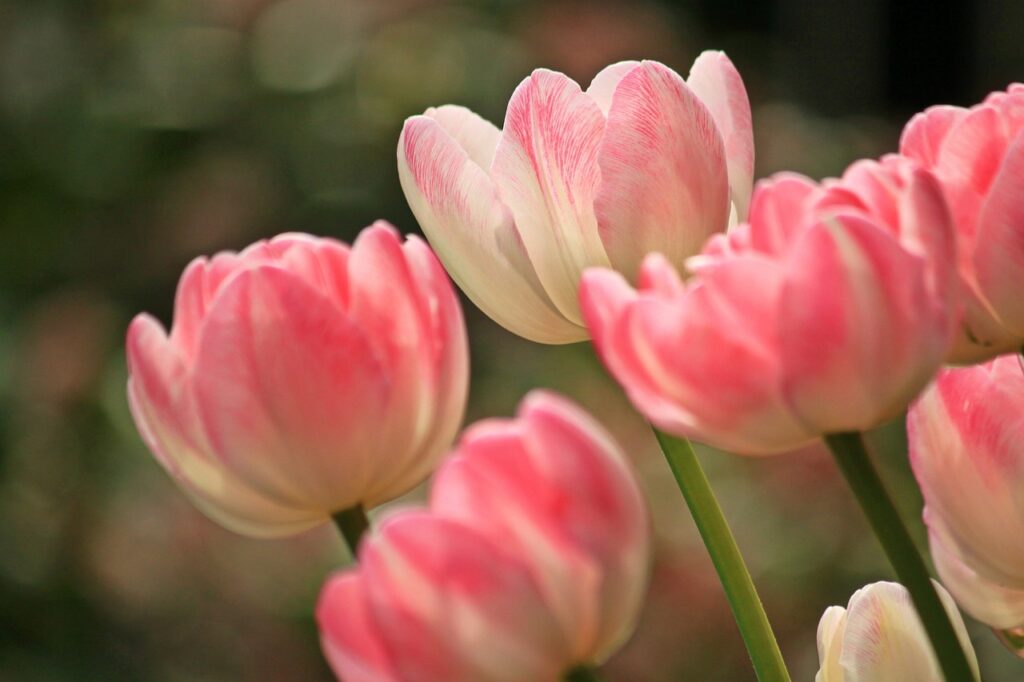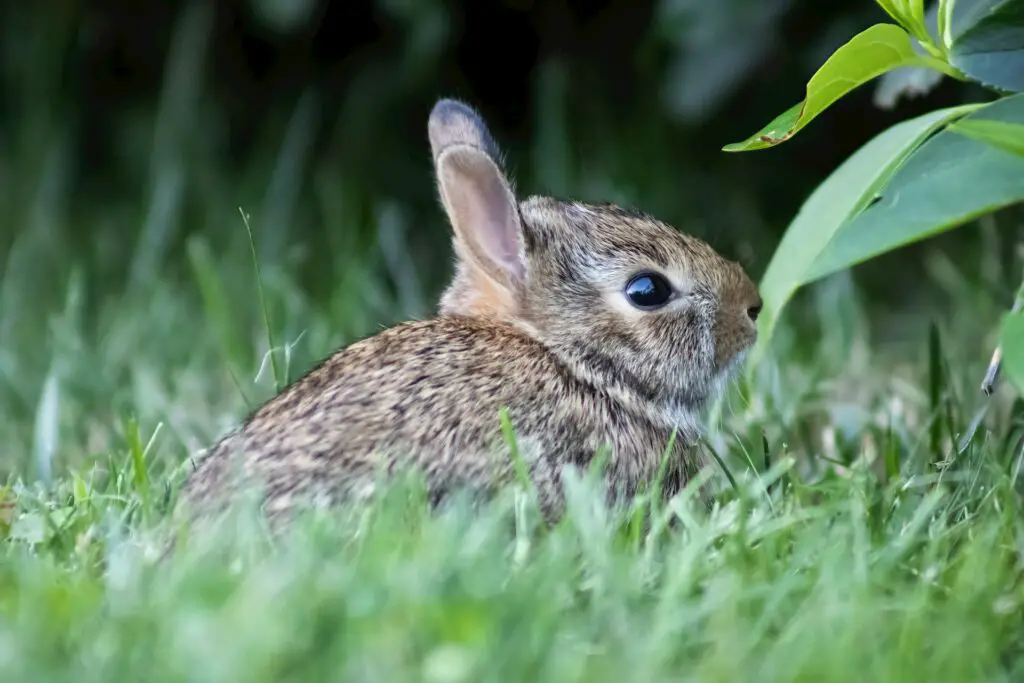
When it comes to gardening, one of the most frequently asked questions surrounds the productivity of a single plant, particularly red pepper plants. Red pepper plants, members of the Capsicum genus, are popular amongst gardeners for their colorful fruits and the zest they add to a variety of dishes. The yield of a red pepper plant is influenced by several factors, including the specific variety, the growing conditions, and the care the plant receives throughout the season.
Understanding the fundamentals of pepper plant growth is essential for gardeners looking to maximize their harvest. Planting peppers in well-drained soil, ensuring adequate sunlight and water, and providing the right nutrients are all crucial steps. Regular maintenance, such as staking, pruning, and monitoring for pests and diseases, also plays a significant role in the health and productivity of a red pepper plant. The fruits typically mature in 60 to 90 days after transplanting, depending on the variety, with several harvests possible in a growing season under optimal conditions.
Key Takeaways
- Red pepper plants are valued in gardens for their yield and the flavor they add to food.
- Proper care and management are key to maximizing pepper plant yield.
- A red pepper plant’s health and productivity are dependent on adherence to good gardening practices.
Fundamentals of Pepper Plant Growth
Optimal growth in pepper plants is achieved through precise control of environmental factors and understanding their specific needs. A focus on soil composition, climate, and plant management will lead to robust yields.
Suitable Growing Conditions
Pepper plants thrive in regions that offer a long, warm growing season. They require temperatures consistently between 65°F and 85°F during the day, and they should not be exposed to temperatures below 55°F at night as they are sensitive to cold. The ideal climate for pepper growth is one with low humidity and plenty of sunlight, with the plants needing about 6 to 8 hours of direct sunlight per day.
Soil and Nutrient Requirements
The soil structure ideal for pepper plants is loamy, well-draining soil with a pH level between 6.0 and 6.8. Nutrient-rich soil is critical, so amending with organic matter such as compost can be beneficial. Essential nutrients for optimal pepper plant growth include:
- Nitrogen (N) for foliage development
- Phosphorus (P) for root and flower growth
- Potassium (K) for overall plant health
Regular soil testing can guide fertilization to maintain these nutrients at adequate levels.
Plant Spacing and Sunlight Exposure
Proper plant spacing is crucial for healthy growth and yield. Pepper plants should be spaced about 18 to 24 inches apart, with rows set 24 to 36 inches apart. This spacing allows for adequate air circulation and sunlight exposure, reducing the risk of disease. Each plant needs access to that crucial 6 to 8 hours of sunlight daily, promoting strong stem development and productive fruiting. Soil temperature also plays a role and should be kept around 65°F for optimal root development.
Care and Management of Pepper Plants
Proper care and management are critical to maximize the yield of red pepper plants. This involves precise watering and fertilization, diligent pruning and pest control, and proactive disease management.
Watering and Fertilizing Practices
Red pepper plants need to be watered consistently and deeply to ensure that the roots can access moisture and nutrients. They should be watered 1-2 inches per week, but during particularly hot or dry periods, they may require additional water. Over-watering, however, can be just as detrimental as under-watering, so soil moisture should be monitored regularly.
For fertilizing, begin with a balanced fertilizer when you plant, and once the peppers start to develop, switch to a fertilizer high in phosphorus and potassium. A typical schedule is to apply fertilizer every 2-3 weeks during the growing season using the following rates:
- Nitrogen: 1/2 lb per 100 sq. ft.
- Phosphorus: 1/4 lb per 100 sq. ft.
- Potassium: 1/4 lb per 100 sq. ft.
Pruning and Pest Control
Pruning pepper plants can improve air circulation and sunlight exposure, which can lead to healthier plants and larger yields. Remove any dead or diseased branches promptly to prevent the spread of pathogens.
Effective pest management involves regular inspection of plants for signs of pests. Physical removal, the use of natural predators, or appropriate pesticides are methods used to control infestations. Mulching can also help deter pests and reduce the spread of disease.
Recognizing and Preventing Diseases
A range of diseases can affect pepper plants, including bacterial spot, anthracnose, and various forms of mold. To recognize and prevent plant diseases, one must:
- Inspect plants regularly for unusual spots or rot.
- Increase plant spacing for air circulation.
- Apply fungicides as necessary, according to the specific disease and product instructions.
Avoiding excessive humidity and soil moisture is crucial in preventing the onset of many diseases. Plants should be mulched to maintain even soil moisture and temperature, which can also help keep diseases at bay.
Harvesting and Maximizing Yield
Maximizing the yield of red pepper plants depends on precise harvesting and post-harvest handling. Strategic practices can significantly influence the number of peppers harvested from each plant and their quality.
Identifying Harvesting Time
A red pepper plant reaches maturity typically between 60 and 90 days after planting. Indicators of ripeness include a bright, uniform color and firmness to the touch. Peppers should be harvested carefully by cutting the stem with garden shears to avoid damage to the plant. The average bell pepper plant produces 6-8 fruits under optimal conditions, but numbers can vary.
- Weight of ripe bell peppers: 4 to 8 ounces
- Optimal size: 3 to 4 inches in length
Increasing Pepper Yield
To increase the yield of red pepper plants, several factors should be considered:
- Light: At least 6 hours of direct sunlight per day.
- Soil: Loamy, well-drained with a pH of 6.2 to 7.0.
- Watering: Consistent moisture, avoiding waterlogging.
- Fertilization: Balanced fertilizer applied during the growing season.
- Pruning: Remove early flowers to encourage root and foliage development.
- Suggested Plant Spacing: 18 to 24 inches apart
- Stress Management: Avoid environmental stresses such as drought or extreme temperatures to prevent a decline in fruit production.
Post-Harvest Handling and Storage
After harvest, peppers should be handled with care to prevent bruising. They are best stored at a temperature of 45°F to 55°F with relative humidity around 90-95%. Proper storage can extend the shelf life of bell peppers up to 2-3 weeks, ensuring the quality and weight of the harvested fruit is maintained.
Common Questions and Troubleshooting
In this section, we address varietal differences, growth issues, and common questions to ensure healthy and productive pepper plants.
Dealing with Varietal Differences
Different varieties of peppers can produce varying quantities of fruit. It’s important to select a variety that suits the climate and soil conditions. For instance, bell peppers typically yield 5-10 large fruits per plant, whereas smaller hot pepper varieties might produce 20-50 fruits.
Bell Peppers
- Climate: Milder climates
- Soil: Well-drained, fertile
- Fruit Yield: 5-10 per plant
Hot Peppers
- Climate: Warmer, consistent temperatures
- Soil: Well-drained with plenty of organic matter
- Fruit Yield: 20-50 per plant
Addressing Common Growth Issues
Common problems impacting pepper yield include improper watering, inadequate sunlight, and pest infestations. Peppers require full sunlight and consistent moisture without waterlogging. Effective strategies involve:
- Watering: 1-2 inches per week
- Sunlight: 6-8 hours of direct sunlight daily
- Insect control: Regular inspections and organic insecticides
FAQs: Pepper Plant Productivity
- How much can one pepper plant yield?
- Typically, a single plant yields 5-10 bell peppers or 20-50 smaller hot peppers, although this can vary with growing conditions and care.
- Does weather affect pepper plant productivity?
- Yes, extreme temperatures and inadequate sunlight can reduce yields. A greenhouse can mitigate weather issues.
- How does pollination affect yield?
- Good pollination is crucial. Hand pollination or encouraging pollinator activity can increase fruit set.
- What are the most common problems with growing peppers?
- Over/under-watering, lack of nutrients, pests, and diseases are common issues. Regular care and monitoring are recommended for prevention.




